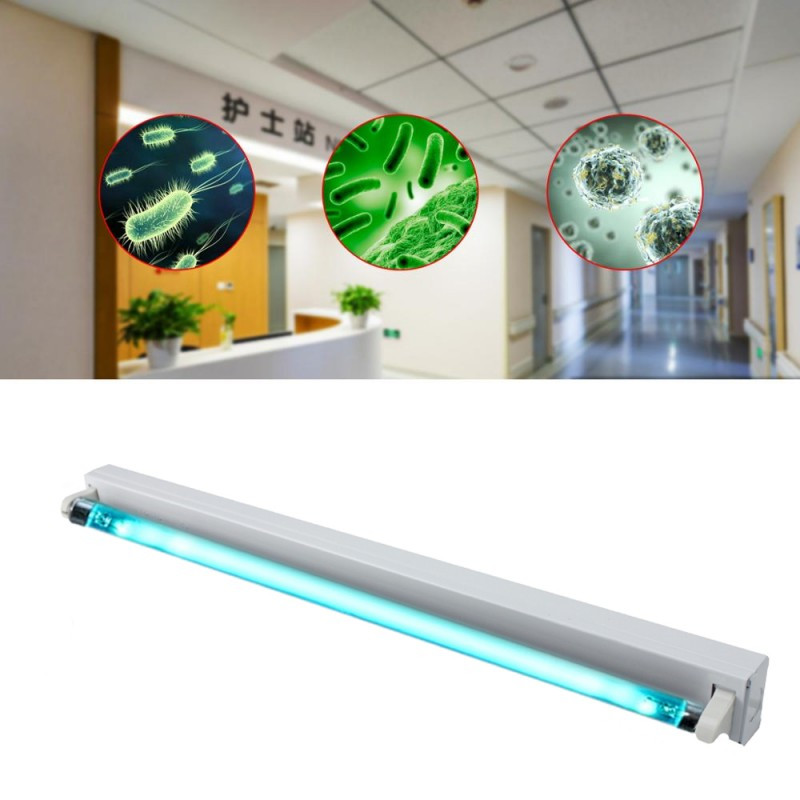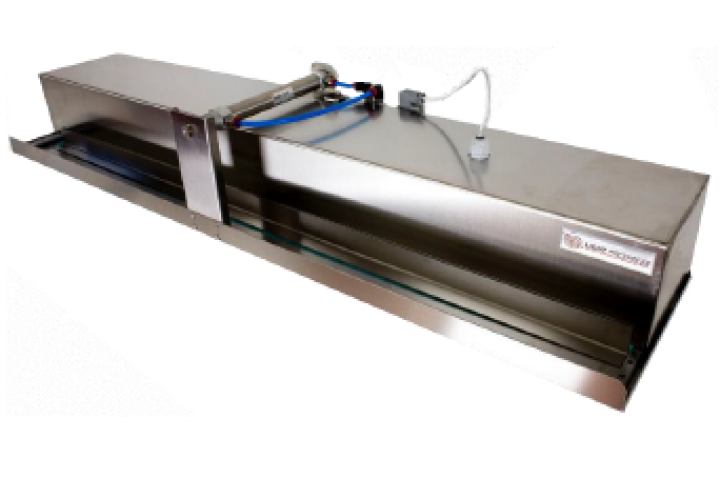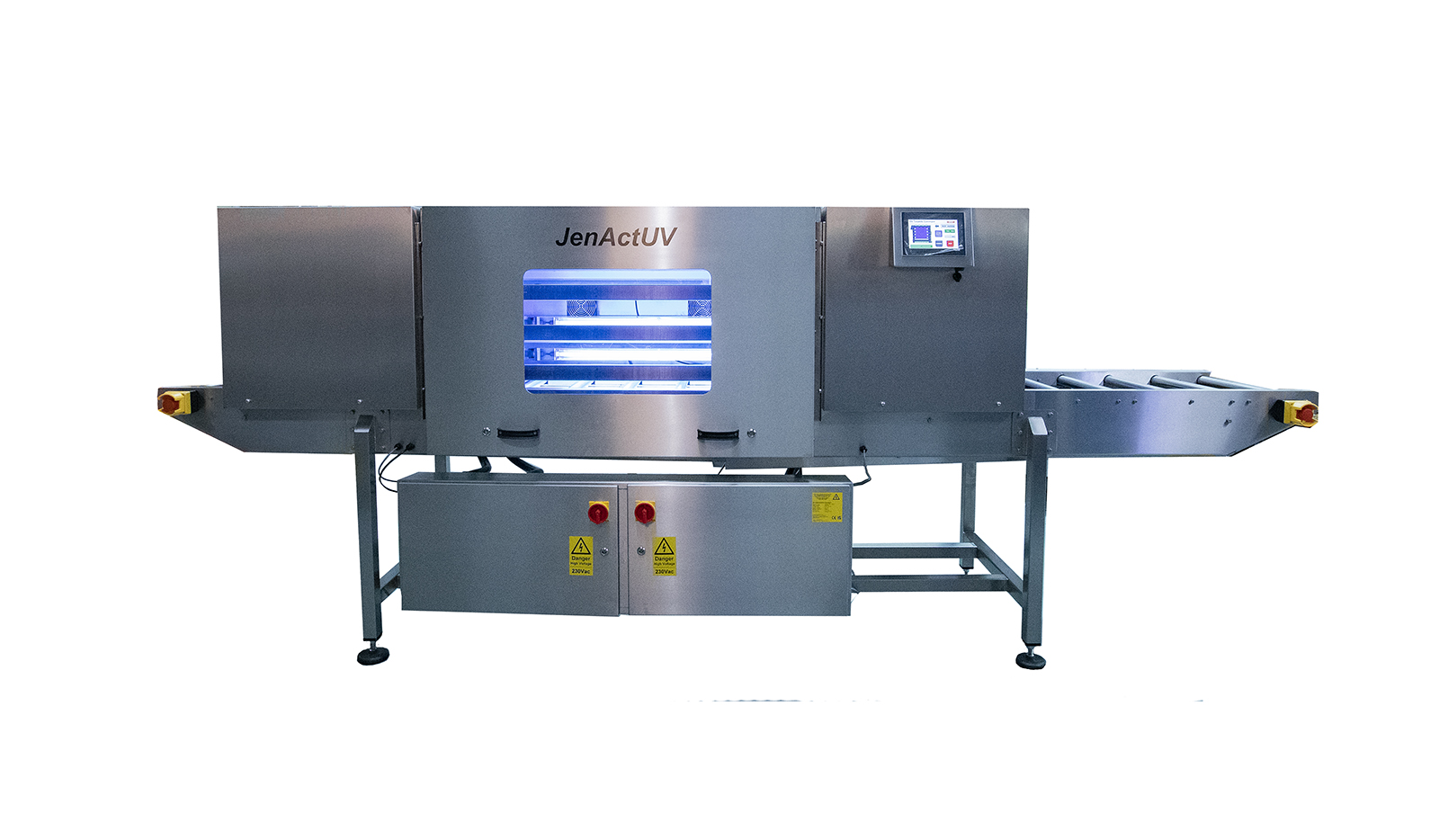Discovering the Conveniences of Far UVC Light: Reinventing Indoor Air High Quality
Interior air quality has actually constantly been a worry, but the existing worldwide health crisis has brought it into sharper emphasis. As we navigate the obstacles of a post-pandemic world, finding innovative options to enhance air high quality has become paramount. One such option that has gotten attention is Far UVC light. This cutting-edge modern technology has the potential to reinvent interior air high quality by efficiently counteracting airborne pathogens without positioning injury to humans. Exactly how exactly does Far UVC light work? What are its health and wellness advantages? And how can it add to minimizing irritants in our living areas? In this conversation, we will certainly explore the interesting world of Much UVC light and reveal its potential in transforming the way we protect our interior settings.
Exactly How Far UVC Light Works
Much UVC easy work by emitting short-wavelength ultraviolet light that has the capacity to permeate and inactivate microorganisms. Unlike traditional UV light, which can be hazardous to human skin and eyes, far UVC light has a much shorter wavelength that is taken in by the outer layers of human skin, preventing it from getting to the underlying living cells. This makes it a secure and effective choice for continuous disinfection in occupied rooms.
When far UVC light is discharged, it communicates with the DNA and RNA of microorganisms, consisting of infections and germs, disrupting their ability to duplicate and causing them to end up being non-active. The high energy of the short-wavelength light problems the molecular structure of the hereditary product, protecting against the bacteria from duplicating and spreading out.

Moreover, much UVC light can be quickly integrated into existing illumination components, making it a cost-effective service for a broad variety of applications, including health care facilities, institutions, offices, and mass transit. Its ability to continuously decontaminate busy spaces without posturing a risk to human health and wellness makes much UVC light an encouraging technology in the field of interior air top quality management.
Far UVC Light's Effect on Airborne Pathogens
The influence of far UVC light on air-borne virus is substantial in minimizing the transmission of transmittable diseases and improving indoor air quality. Far UVC light describes a particular series of ultraviolet light that has a wavelength between 207 and 222 nanometers. Unlike conventional UVC light, which is damaging to human skin and eyes, far UVC light has actually been discovered to be safe for people while still working against pathogens.
Researches have actually revealed that far UVC light has the ability to suspend a wide variety of air-borne viruses, including the influenza virus and the coronavirus (far-uvc). These microorganisms are sent with breathing droplets, and by using much UVC light, it is feasible to decrease their stability and prevent their spread
Among the crucial advantages of making use of far UVC light is its ability to reach all locations of a room. Unlike other disinfection approaches that might have restricted reach, much UVC light can be installed in overhead illumination fixtures, making certain that the entire area is dealt with. This makes it especially effective in jampacked locations such as health centers, schools, and public transportation.
Moreover, much UVC light can be utilized continually without positioning a danger to human wellness. It can be implemented as part of a thorough method to boost interior air top quality by decreasing the focus of airborne pathogens. By integrating far UVC light into existing ventilation systems, it is possible to produce safer and healthier interior environments.
Health Advantages of Far UVC Light
Utilizing far UVC light gives various health benefits, making it a valuable device in promoting public health and safety and security. Much UVC light has been discovered to effectively eliminate air-borne pathogens, such as viruses and bacteria, without harming human skin or eyes. This makes it a perfect service for decontaminating indoor environments and lowering the risk of infections.
One of the key health and wellness advantages of far UVC light is its capacity to combat the spread of air-borne conditions. Research studies have actually shown that far UVC light can properly suspend infections like influenza and tuberculosis. By mounting much UVC lighting click here for more info fixtures in public areas, such as workplaces, health centers, and schools, the transmission of these conditions can be significantly reduced.
Additionally, much UVC light has actually been discovered to be risk-free for continual direct exposure, as it does not create skin damage or increase the risk of skin cancer cells. This results from the reality that much UVC light has a limited series of penetration in human skin, avoiding any damage to deeper layers.
In addition to its direct effect on air-borne pathogens, far UVC light can likewise have indirect health benefits. By decreasing the existence of hazardous microorganisms in the air, it can enhance indoor air high quality, causing a reduction in breathing signs and symptoms and allergies.
Much UVC Light's Function in Minimizing Allergens

Far UVC light, with its wavelength in the array of 207 to 222 nanometers, has actually been confirmed to be effective in inactivating fungi, germs, and infections. Current researches have actually additionally shown that it can successfully reduce the presence of allergens in interior rooms. When far UVC light is emitted, it interacts with the DNA and RNA of microorganisms, harming their hereditary product and stopping their duplication.
Far UVC Light's Prospective in Public Spaces
With its tested effectiveness in minimizing allergens and inactivating microorganisms, far UVC light holds wonderful prospective for application in public spaces. Public areas, such as medical facilities, airport terminals, offices, and colleges, are often crowded and susceptible to the spread of air-borne diseases. Incorporating much UVC light technology in these areas can dramatically improve interior air quality and minimize the transmission of unsafe microorganisms.
One appealing application of much UVC light in public spaces is in ventilation systems - far-uvc. By installing far UVC lights in a/c systems, the modern technology can sanitize the air as it distributes, properly reducing the focus of air-borne infections and bacteria. This approach can aid protect against the spread of conditions such as influenza, consumption, and COVID-19, advertising a healthier you can check here and safer environment for occupants
Moreover, much UVC light can be utilized in the sanitation of often touched surfaces. High-touch locations in public areas, such as doorknobs, handrails, and elevator switches, can harbor a plethora of virus. By tactically placing far UVC lights in these locations, the technology can constantly sanitize surfaces, minimizing the risk of contamination and transmission.
Moreover, using much UVC light in public spaces is secure for human direct exposure. Unlike conventional UVC light, which can be harmful to human skin and eyes, much UVC light has been confirmed to be non-toxic and safe for continuous procedure in occupied areas. This makes it an optimal remedy for enhancing indoor air quality without presenting any health and wellness threats to people.
Final Thought

Much UVC light functions by releasing short-wavelength ultraviolet light that has the capability to permeate and suspend bacteria. Unlike typical UV light, which can be dangerous to human skin and eyes, far UVC light has a shorter wavelength that is taken in by the outer layers of human skin, avoiding it from reaching the underlying living cells. Much UVC light refers to a particular range of ultraviolet light that has a wavelength between 207 and 222 nanometers. Unlike standard UVC light, which is dangerous to human skin and eyes, much UVC light has actually been located to be risk-free for people while still being effective versus microorganisms.
Unlike traditional UVC light, which can be hazardous to human skin and eyes, much UVC light has been proven to be safe and risk-free for constant operation in busy spaces.